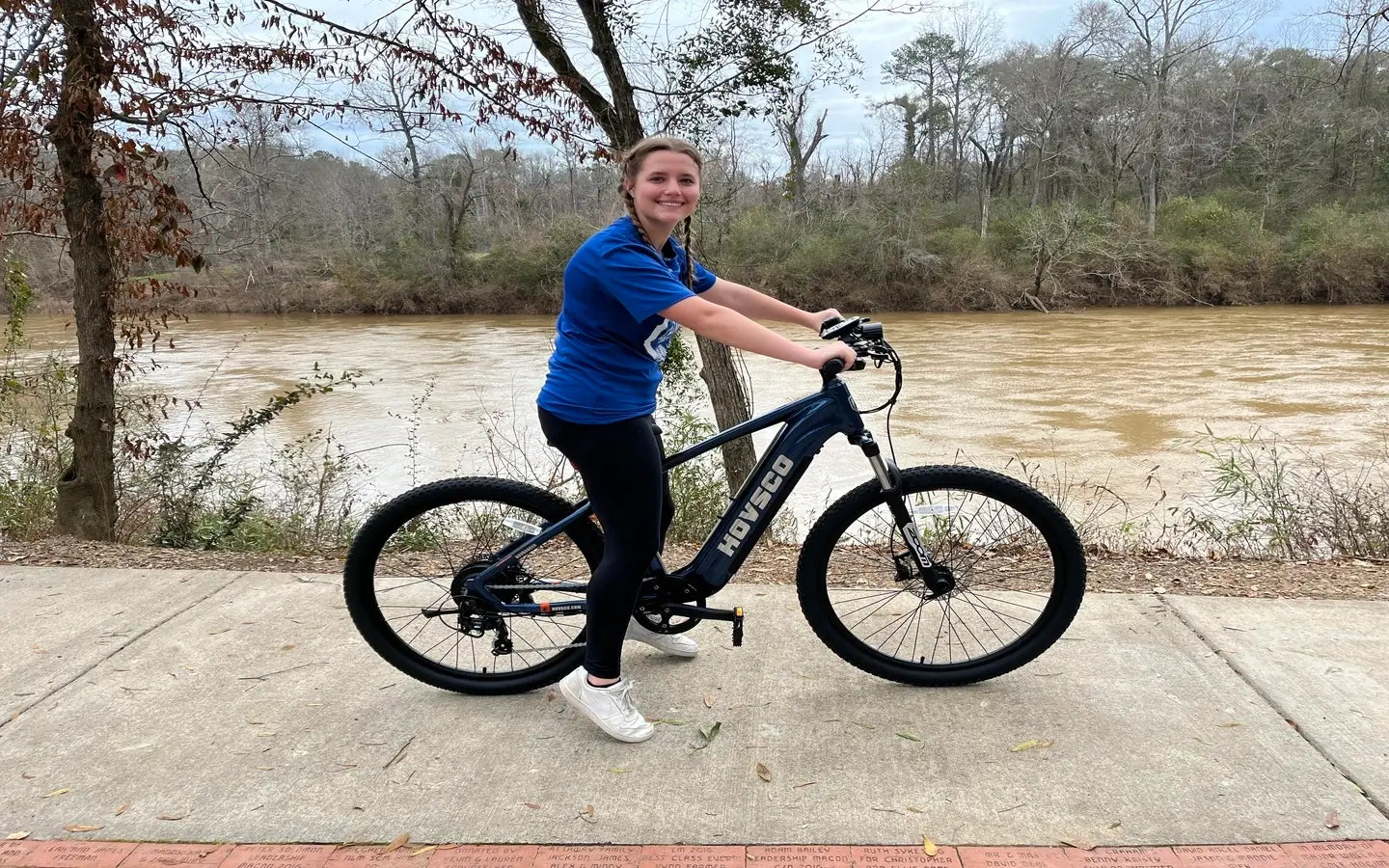
- by LiuJiazhu
What Differentiates Torque Sensors From Cadence Sensors In Ebikes?
- by LiuJiazhu
Torque sensors and cadence sensors differ fundamentally in how they measure rider input and control motor assistance on electric bicycles. Torque sensors detect the actual pedaling force, providing proportional, natural motor support, while cadence sensors measure pedal rotation speed (RPM) and deliver fixed assistance levels. This distinction shapes the riding experience, battery efficiency, cost, and maintenance needs significantly. What Are The Best City Commuter Electric Bikes For Adults?
Torque sensors measure the rider’s pedaling force using strain gauges that detect pressure applied to the crank or pedals, translating this force into proportional motor assistance. This means the harder you pedal, the more power the motor provides, creating a seamless, bike-like feel. In contrast, cadence sensors count how fast the pedals rotate via magnets and reed or hall-effect switches, activating motor support once a certain RPM threshold is reached regardless of pedal pressure. Torque sensors provide granular, real-time data, while cadence sensors offer a binary on/off signal based on pedal speed.
Chart: Measurement Differences Between Torque and Cadence Sensors
| Feature | Torque Sensor | Cadence Sensor |
|---|---|---|
| Measurement Type | Pedaling force (Newton-meters) | Pedal rotation speed (RPM) |
| Response Speed | Instantaneous (~0.1 seconds) | Slight delay (0.5-1.5 seconds) |
| Data Granularity | Continuous, precise | On/off based on RPM threshold |
| Typical Sensor Tech | Strain gauges | Magnetic reed or hall-effect |
Torque sensors enable dynamic motor assistance that scales with rider effort, resulting in smoother acceleration, better hill climbing, and improved battery efficiency—often extending range by up to 20%. Cadence sensors provide consistent, uniform power output once pedaling starts, which can feel less natural and sometimes cause sudden surges or “ghost pedaling.” Torque systems typically operate at higher motor efficiency (85-95%) compared to cadence systems (60-75%), optimizing energy use. However, cadence sensors are simpler and often sufficient for casual riders or flat terrain.
Chart: Performance Comparison of Torque vs Cadence Sensors
| Aspect | Torque Sensor | Cadence Sensor |
|---|---|---|
| Riding Feel | Natural, responsive | Uniform, less intuitive |
| Battery Efficiency | High, power matches effort | Lower, constant power draw |
| Hill Climbing | Smooth, proportional assistance | Fixed power, may cause wheel slip |
| Range Impact | +15-20% longer range | Baseline range |
Torque sensors deliver an organic, intuitive pedal feel, making the motor assistance feel like a natural extension of your effort. This enhances control, especially on variable terrain, technical trails, or when carrying loads. Cadence sensors simplify riding by providing steady assistance once pedaling begins, ideal for beginners or urban commuting where ease and predictability matter more than finesse. However, cadence systems can feel disconnected from rider input, sometimes assisting when pedaling lightly or not adjusting to terrain changes.
Torque sensors require periodic calibration and are more sensitive to environmental factors like moisture and vibration due to their strain gauge components. They typically need professional servicing every 6-12 months to maintain ±2% accuracy. Cadence sensors are mechanically simpler, requiring occasional magnet alignment and cleaning but no software tuning. They tend to be more durable and easier to maintain, with fewer failure points, making them a practical choice for riders prioritizing low upkeep.
Torque sensor systems are more expensive, with sensor kits costing $120-$400 and adding $700-$1,200 to e-bike prices due to advanced components and sophisticated controllers. Cadence sensors are budget-friendly, costing $15-$60 with lower installation complexity. While torque sensors have a higher upfront cost, their improved battery efficiency and riding experience can offer better long-term value. Cadence sensors suit riders seeking affordable, straightforward e-bikes without advanced performance needs.
When choosing between torque and cadence sensors for your e-bike, consider your riding style, terrain, and budget. Torque sensors are ideal for riders seeking a natural, responsive ride with efficient battery use, especially on hilly or technical routes. Cadence sensors suit casual riders, commuters, or those prioritizing simplicity and affordability. HOVSCO electric bicycles integrate advanced sensor technology tailored to diverse needs, balancing innovation with reliability. For long-term satisfaction, prioritize e-bikes with quality sensors, robust battery management, and service support. Hybrid sensor systems combining both technologies also offer versatile performance.
“Torque sensors redefine the e-bike experience by delivering power that mirrors rider effort, creating a seamless extension of human input. This precision not only enhances control but also preserves battery life, critical for long-distance and variable terrain rides. Cadence sensors, while simpler, provide consistent assistance that appeals to beginners and urban riders. At HOVSCO, we focus on integrating sensor technology that aligns with rider demands, ensuring every journey is efficient, intuitive, and enjoyable.” — HOVSCO Product Development Lead
What is the main difference between torque and cadence sensors?
Torque sensors measure pedaling force for proportional motor assistance; cadence sensors measure pedal speed and provide fixed assistance.
Which sensor type offers better battery efficiency?
Torque sensors are more battery-efficient because they adjust power output based on rider effort.
Are torque sensors more expensive than cadence sensors?
Yes, torque sensor systems cost significantly more due to advanced components and technology.
Which sensor provides a more natural riding feel?
Torque sensors deliver a natural, intuitive ride that closely mimics traditional cycling.
Do cadence sensors require less maintenance?
Yes, cadence sensors are simpler and require less frequent maintenance than torque sensors.
Can I switch between sensor types on my e-bike?
Some e-bikes support hybrid systems combining both sensors for balanced performance.
Share:
Are Electric Bicycles More Expensive Than Traditional Bikes?
Which Ebike Models Feature Torque Sensors And Fastest Acceleration?